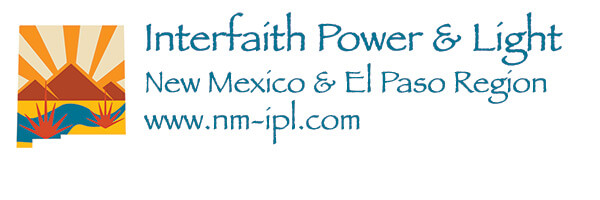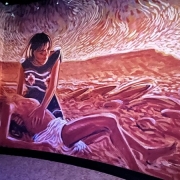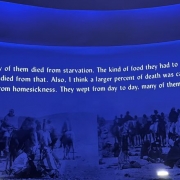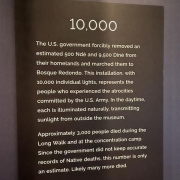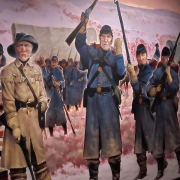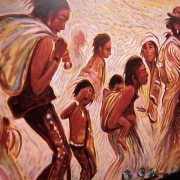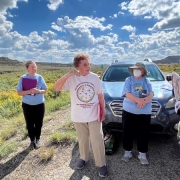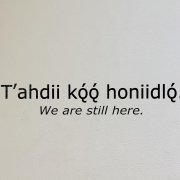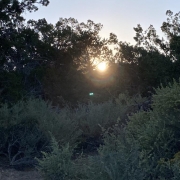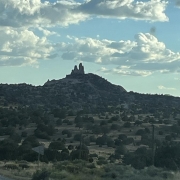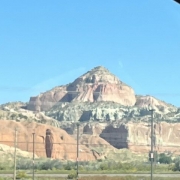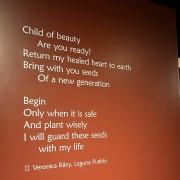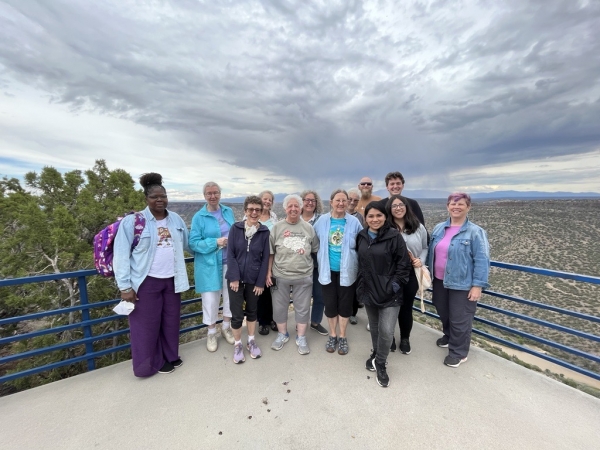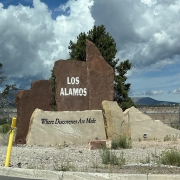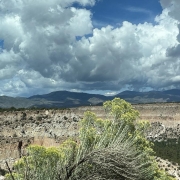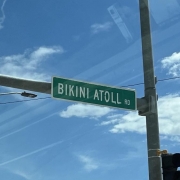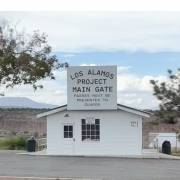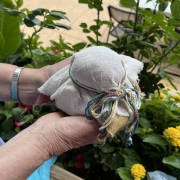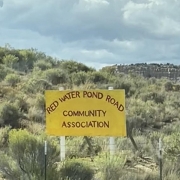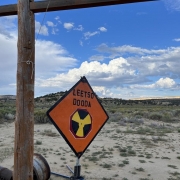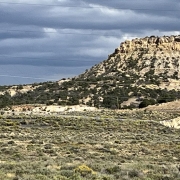Bearing Witness to Extractivism, Colonialism: Day 4
Interfaith Power & Light New Mexico & El Paso and Sisters of Mercy of the Americas are co-sponsoring an immersion retreat through some areas of New Mexico to bear witness to the damage #extractivism has inflicted on the people and the land of our state. Tbe accounts and pictures come courtesy of Heather Scott-Molleda, senior director of communications for Mercy Sisters of the Americas. Read Accounts for Days 1 and 2 and Day 3
Day 4: Bosque Redondo
The pilgrimage has bought us in the fourth day to a painful place in US history: Bosque Redondo. The US government forced 10,000 Diné (Navajo) and Ndé (Mescalero Apache) to walk hundreds of miles to a concentration camp. The aim was to eradicate the native people. Hundreds died of starvation, disease and exposure. The Ndé eventually escaped. The Diné stayed until they signed a peace treaty allowing them to return to what was left of their sacred lands. The memorial museum here was created as the result of a letter from visiting Diné school children who wanted the true story of the hardship inflicted at Ft Sumner told.
